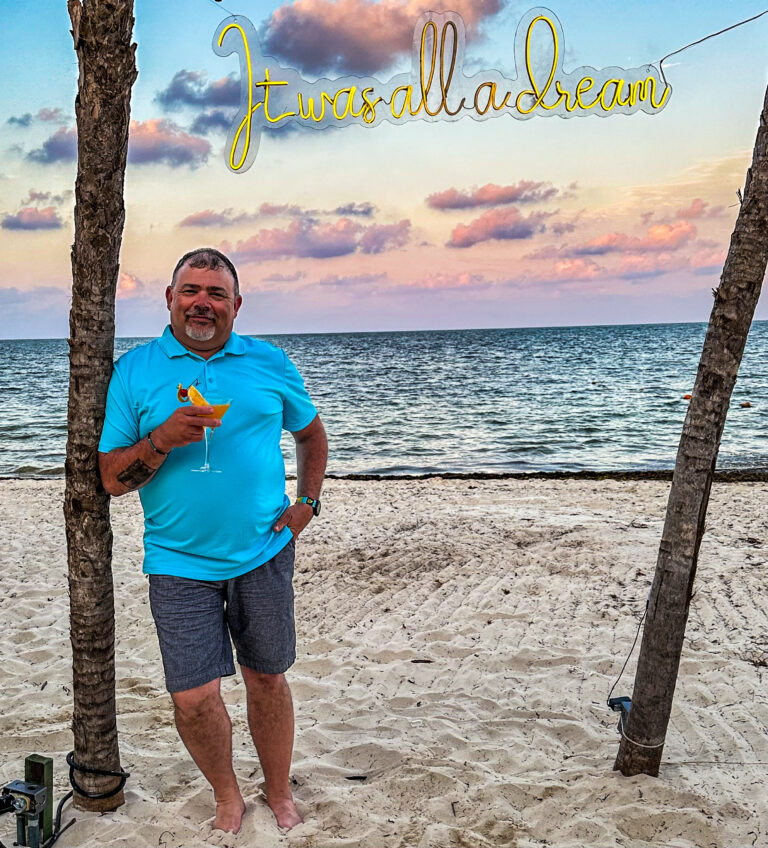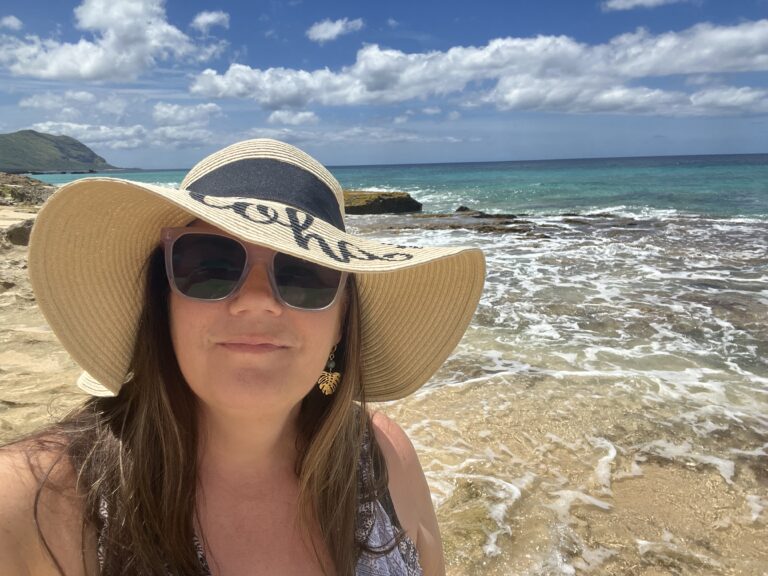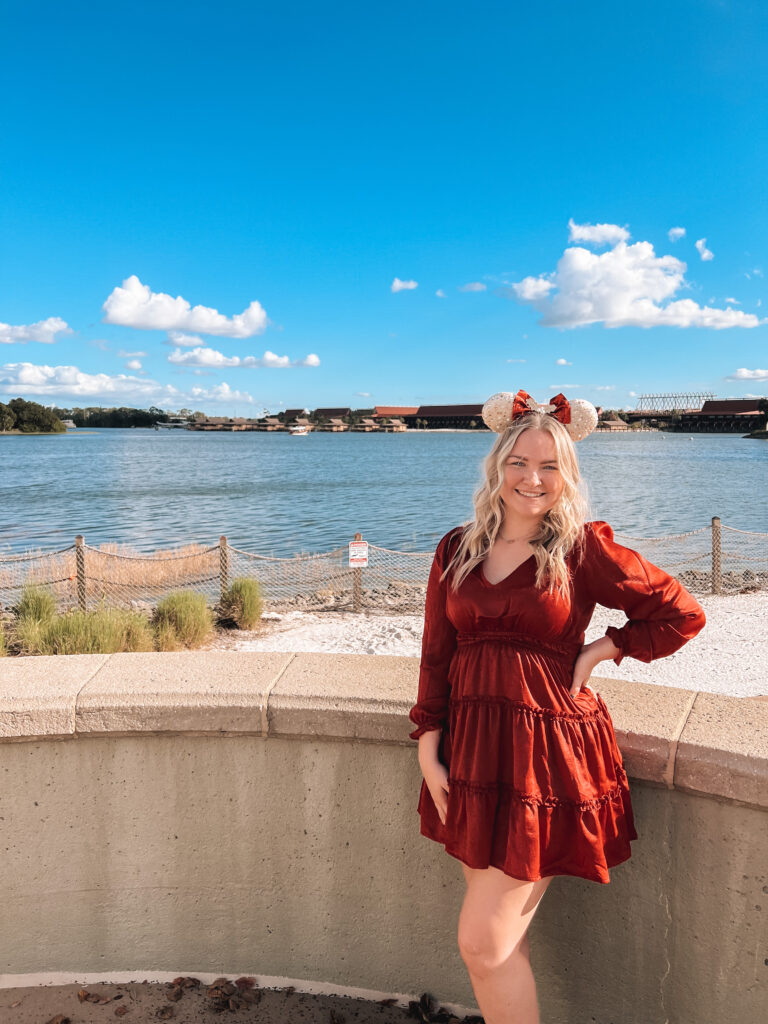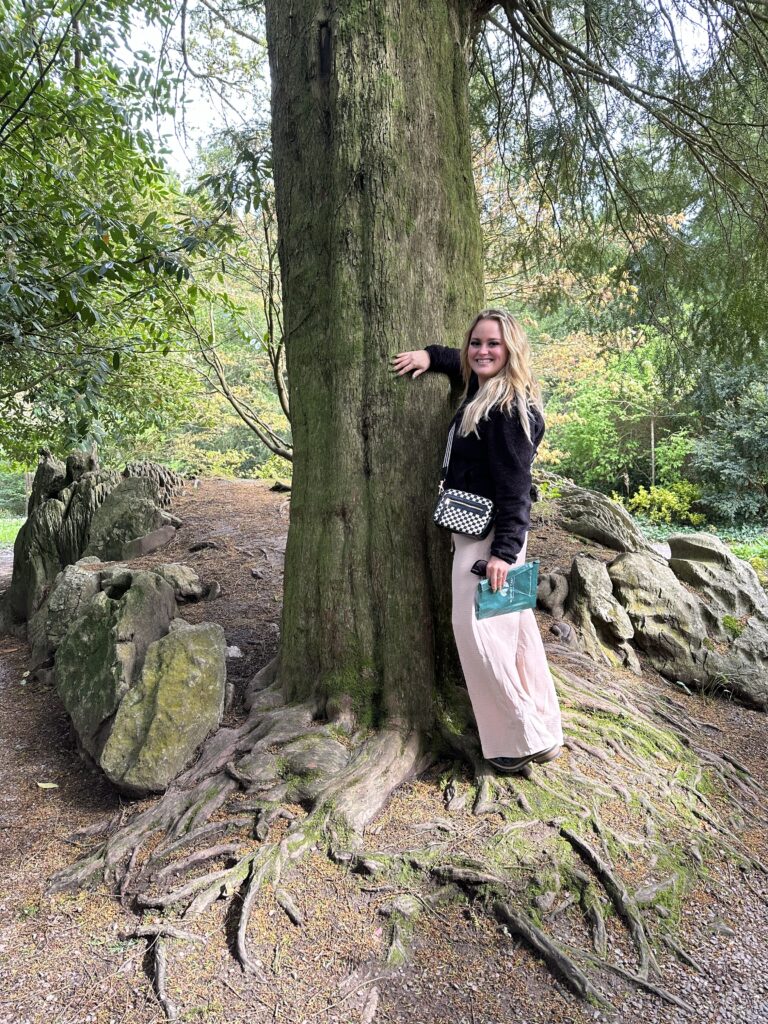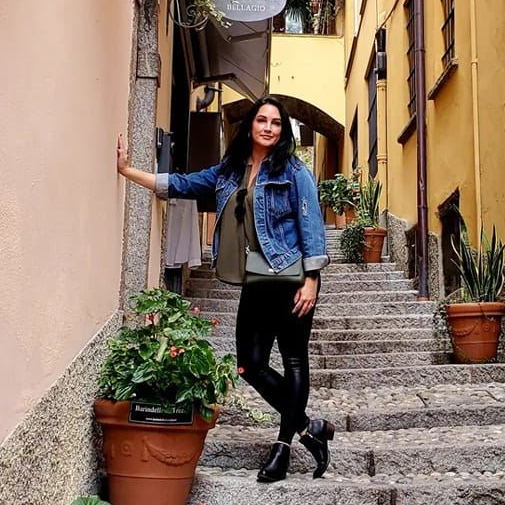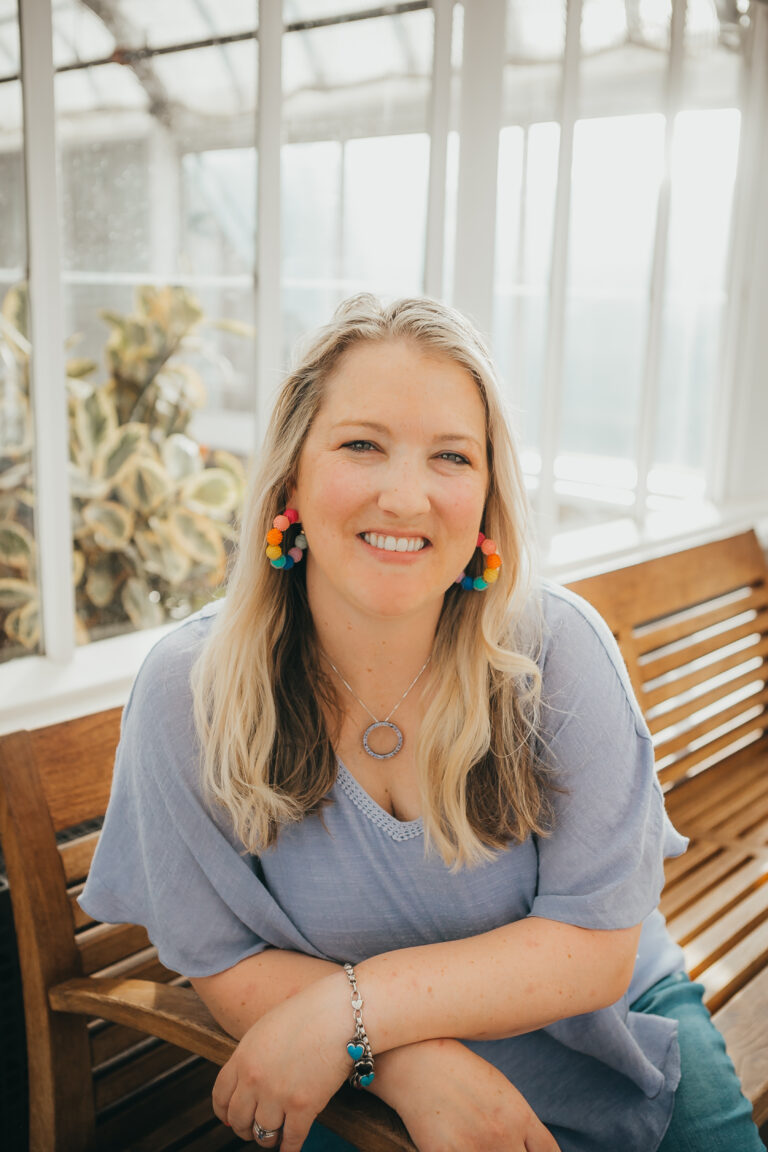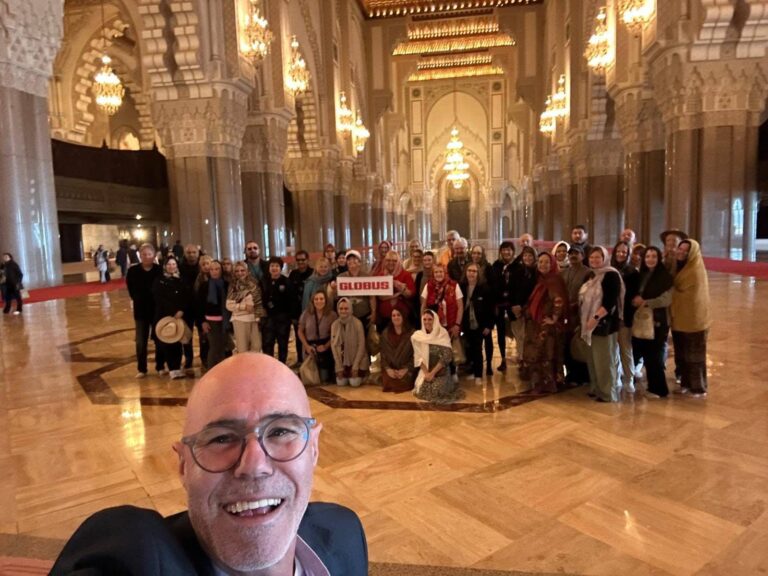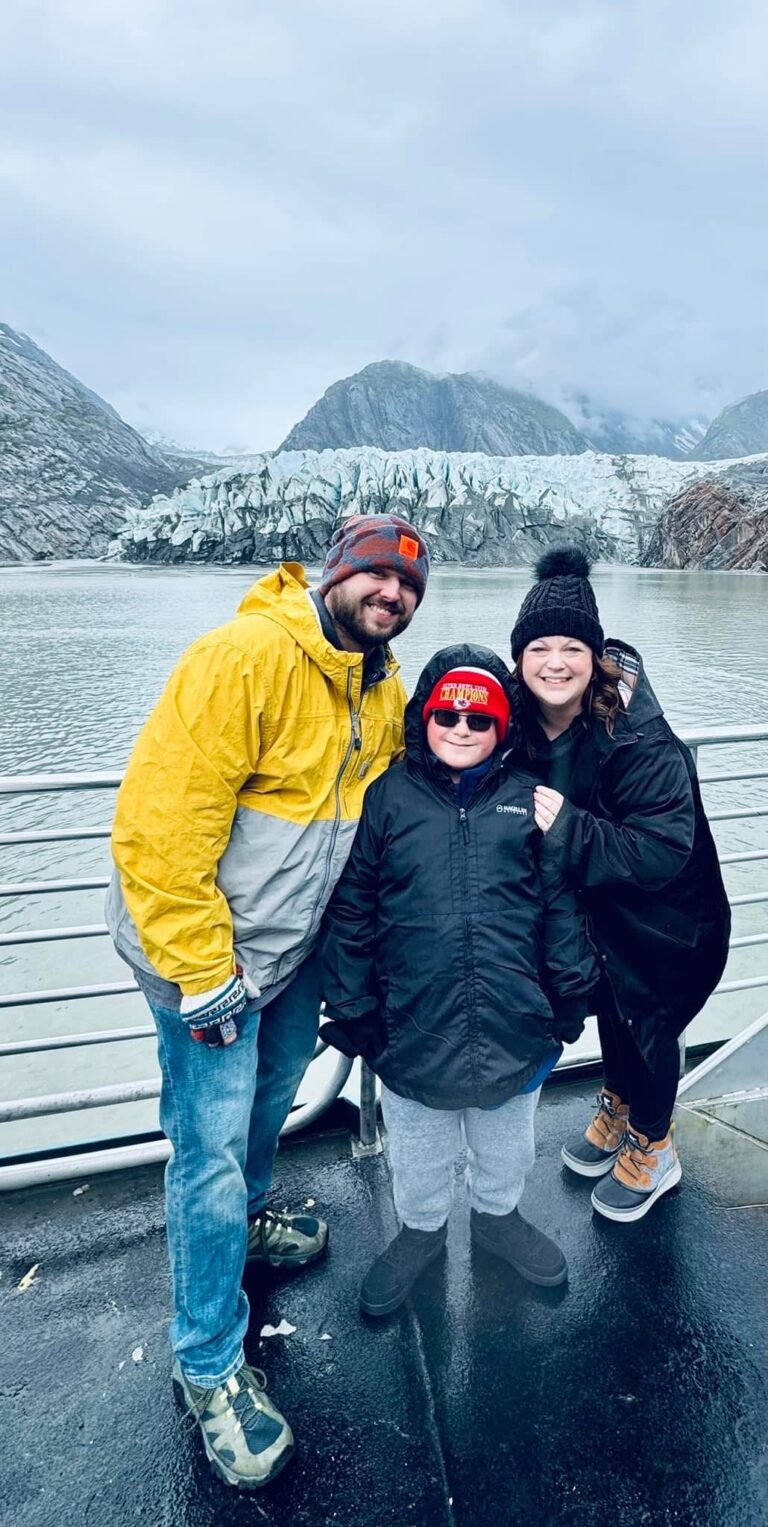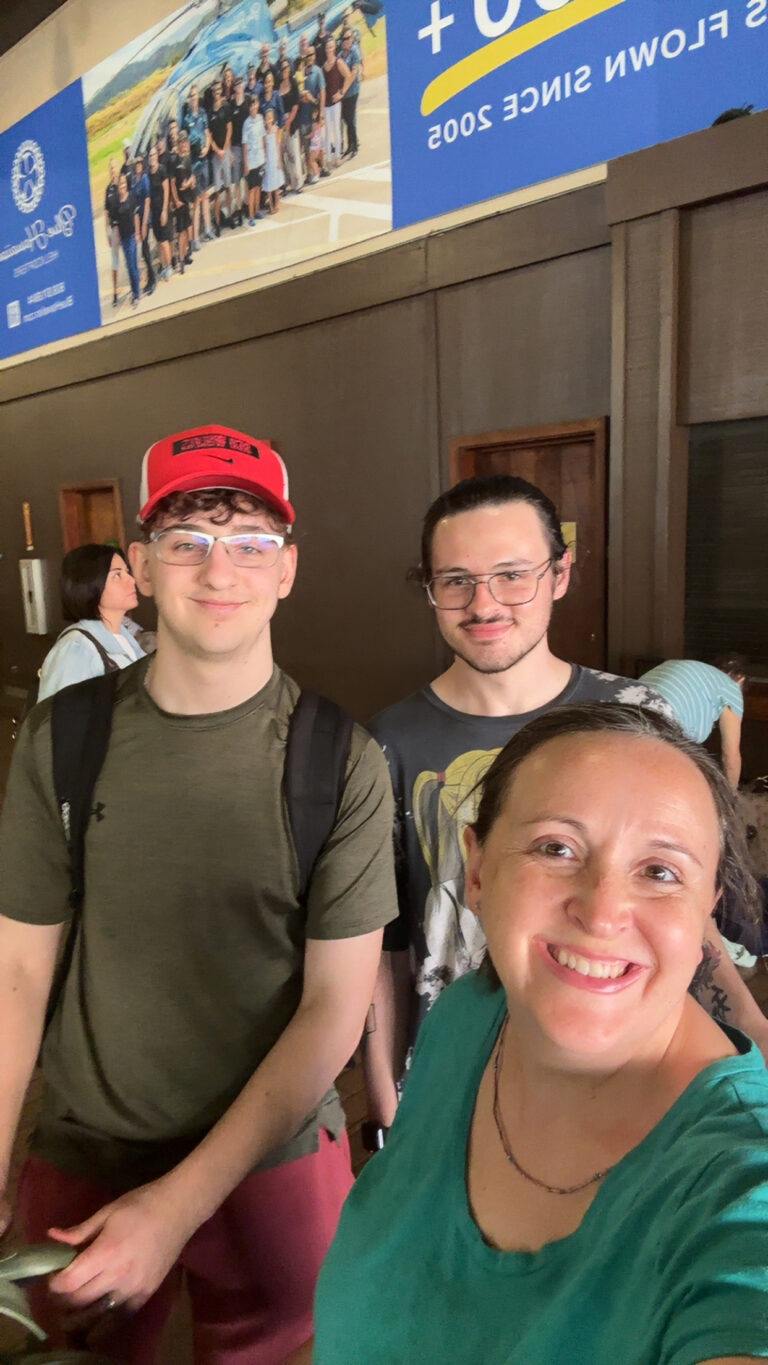Overview
Introduction
Located roughly 100 mi/160 km south of San Francisco, Big Sur, California, is a magical area. There are dramatic seaside cliffs often covered in fog, sea lions frolicking just offshore, fascinating tide pools and the absolute best seascapes that Highway 1 (also known as the Pacific Coast Highway or just PCH) has to offer. Hugging and snaking along the coastline beneath the coastal mountains, Highway 1 is one of California's premier scenic drives. During the summer and fall, visitors sometimes see humpback whales from shore. Grey whales are often sighted in December and January migrating south. They return north past Big Sur in March and April.
There is a small town named Big Sur, but the term more often refers to a section of coastline that stretches for 90 mi/145 km, from just north of San Simeon to just south of Carmel. Take in the scenery and enjoy good hiking or beachcombing in the area's excellent state parks. The vistas are grand. Who could ask for more?
Some on-foot exploration is mandatory, especially at Julia Pfeiffer Burns State Park (http://www.parks.ca.gov/?page_id=578), which has miles/kilometers of trails along the coast and into the mountains, including one of the largest stands of redwood trees in California. But once you're out of your car, heed warnings about unstable cliffs, treacherous wave action and offshore riptides.
Some people die unnecessarily in and around Big Sur each year simply because they underestimate the genuine wildness of this environment. Even Big Sur's history sounds a warning: It took 15 years for Chinese laborers and workers from the state's prisons to build Highway 1 through this inhospitable terrain, and in the process many lives and much equipment were lost to the sea.
A classic stop for the road weary is the striking seaside restaurant Nepenthe (http://www.nepenthebigsur.com), almost as legendary as Big Sur itself. (Weather permitting, take in the sunset views from the upper deck.) Unfortunately, Nepenthe and the rest of Big Sur can be overwhelmed by sightseers during the summer and on warm-weather weekends. September and October are usually good months for a visit.
The village of Big Sur has an appropriately relaxed attitude—except in pricing: Lodging and dining bills can run a little high, and both are limited in Big Sur proper. You'll notice signs of development, but all in all, Big Sur is more protected than it was at the turn of the 20th century.
The annual Big Sur Food and Wine Festival celebrates creative culinary arts and local hospitality by promoting local wine and food in a way that is as organic and low-carbon-footprint as possible. The event is typically held in early November and benefits local charities. http://www.bigsurfoodandwine.org.















